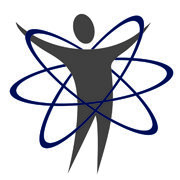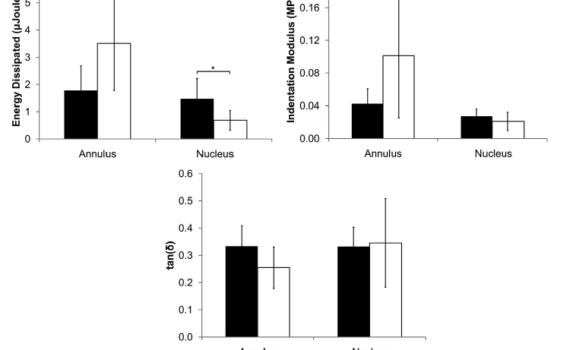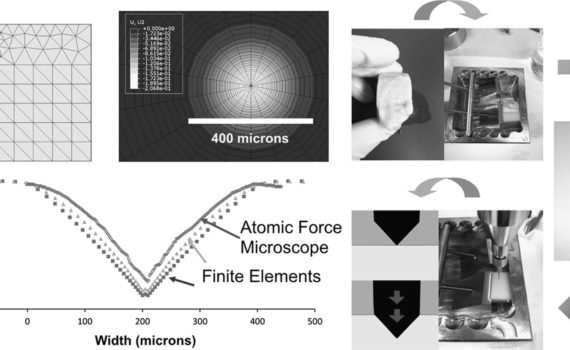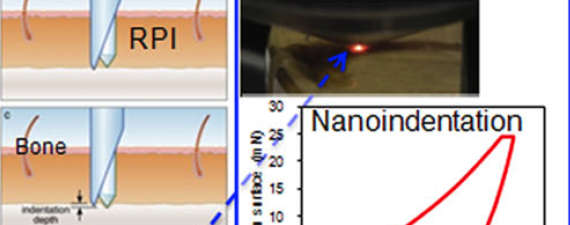Abstract The degradation of the main fibrillar collagens, collagens I and II, is a crucial process for skeletal development. The most abundant dipeptides generated from the catabolism of collagens contain proline and hydroxyproline. In humans, prolidase is the only enzyme able to hydrolyze dipeptides containing these amino acids at their […]
Collagen
Abstract Type 1 collagen matrix volume, its degree of completeness of its mineralization, the extent of collagen crosslinking and water content, and the non-collagenous proteins like osteopontin and osteocalcin comprise the main constituents of bone’s material composition. Each influences material strength and change in different ways during advancing age, health, […]
Abstract BACKGROUND CONTEXT: It is well-established that disc mechanical properties degrade with degeneration. However, prior studies utilized cadaveric tissues from donors with undefined back pain history. Disc degeneration may present with pain at the affected motion segment, or it may be present in the absence of back pain. The mechanical […]
Abstract In an attempt to study the mechanical behavior of bone under indentation, methods of analyses and experimental validations have been developed, with a selected test material. The test material chosen is from an equine cortical bone. Stress-strain relationships are first obtained from conventional mechanical property tests. A finite element […]
Abstract The likelihood of suffering a bone fracture is not solely predicated on areal bone mineral density. As people age, there are numerous changes to the skeleton occurring at multiple length scales (from millimeters to submicron scales) that reduce the ability of bone to resist fracture. Herein is a review […]




